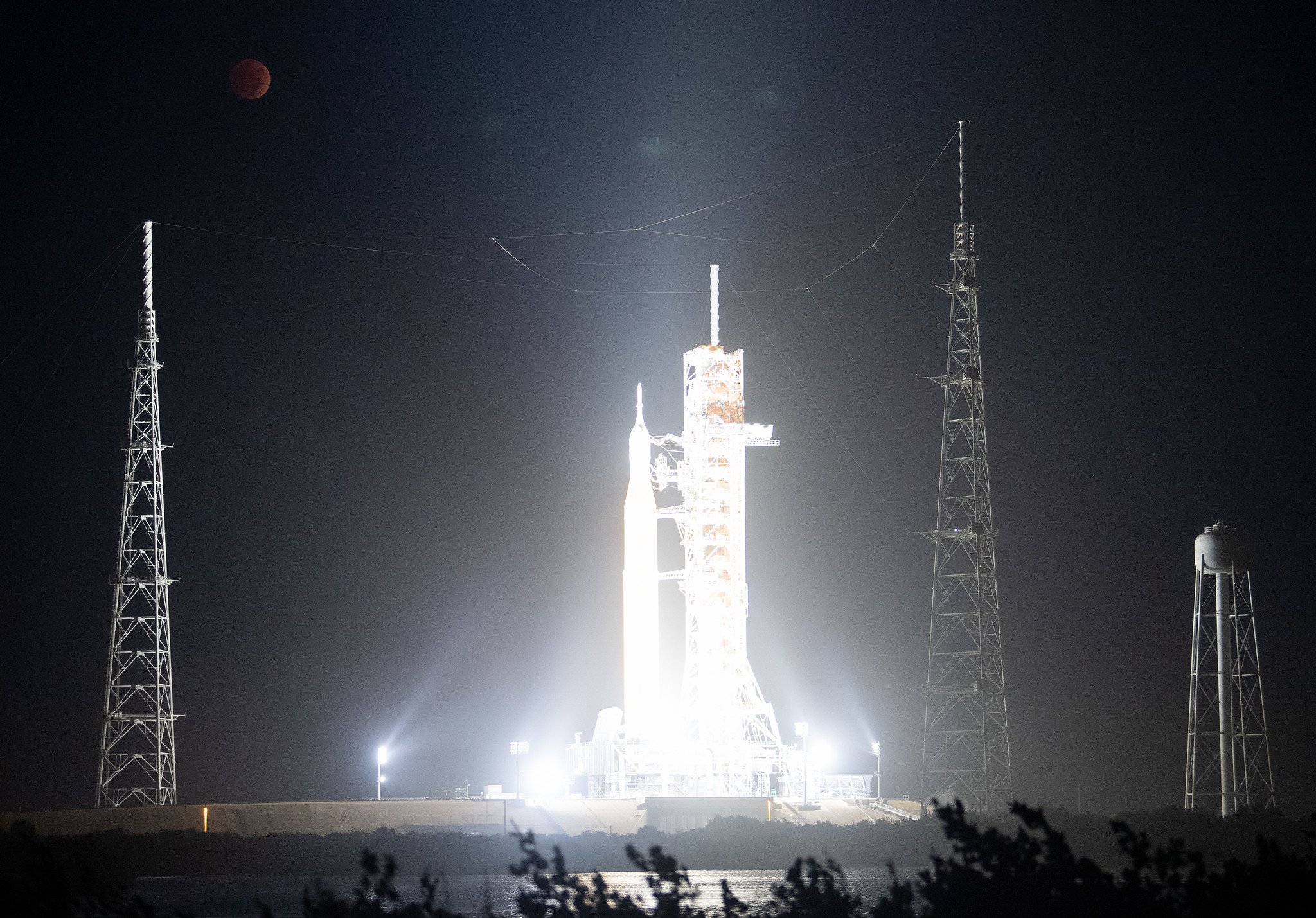Last Blood Moon lunar eclipse until 2025 wows observers around the world (photos)
The Beaver Blood Moon marks the last total lunar eclipse for three years.
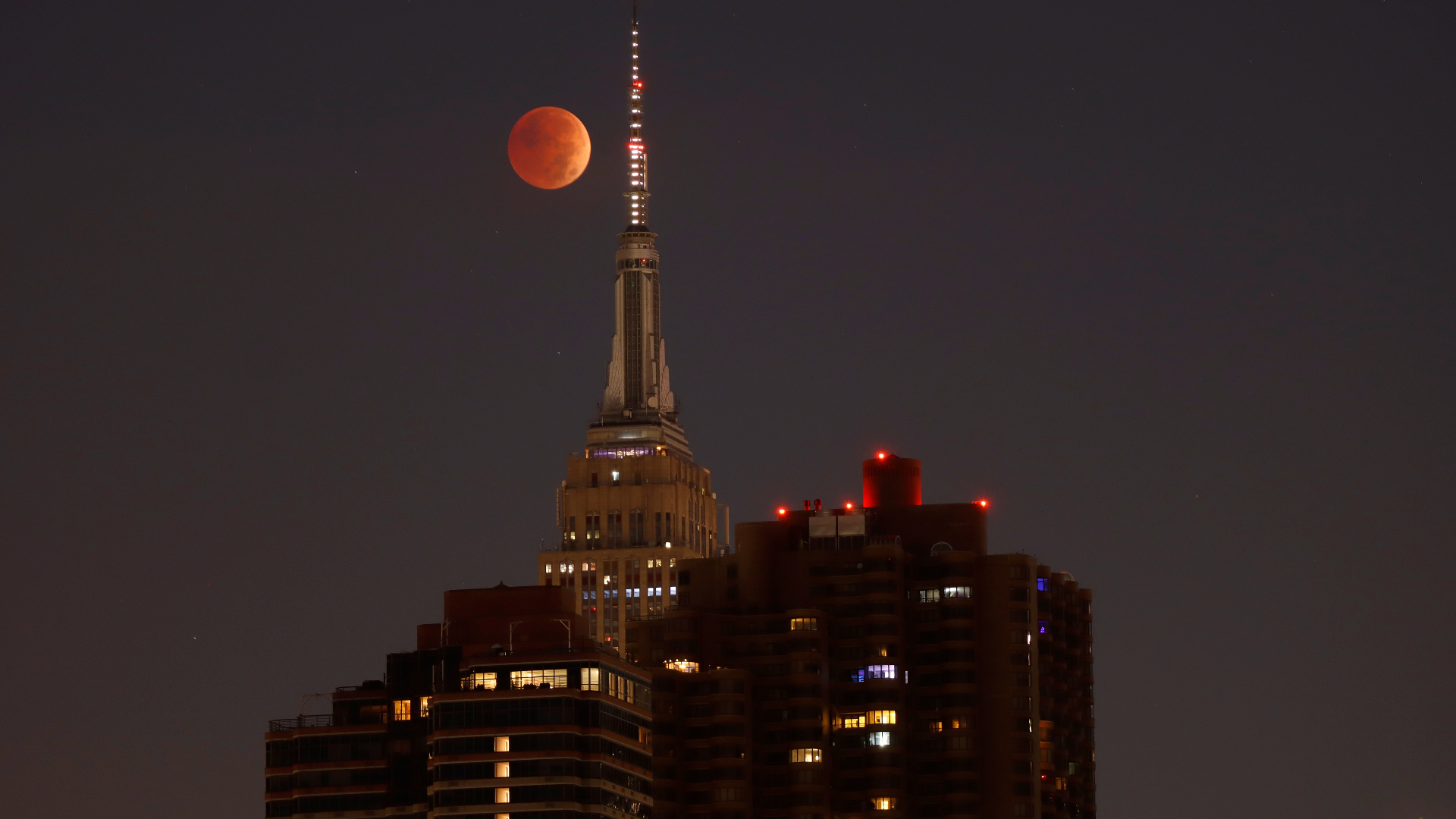
The last Blood Moon lunar eclipse until 2025 thrilled observers around the world.
The Beaver Blood Moon lunar eclipse started at 3:02 a.m. EST (0802 GMT), reached totality at 5:16 a.m. EST (1016 GMT) and ended at 8:56 a.m. EST (1356 GMT).
A total lunar eclipse happens when the full moon (in this case November's full Beaver Moon) moves into the deep umbral shadow of the Earth and receives only light first filtered by Earth's atmosphere. It was visible from North America and parts of South America, Asia, Australia and New Zealand.
Related: Amazing photos of the last Blood Moon lunar eclipse of 2022 (gallery)
The lunar eclipse is not visible to everyone, but thanks to various livestreams around the world, everyone can get a chance to view the Blood Moon lunar eclipse for free.
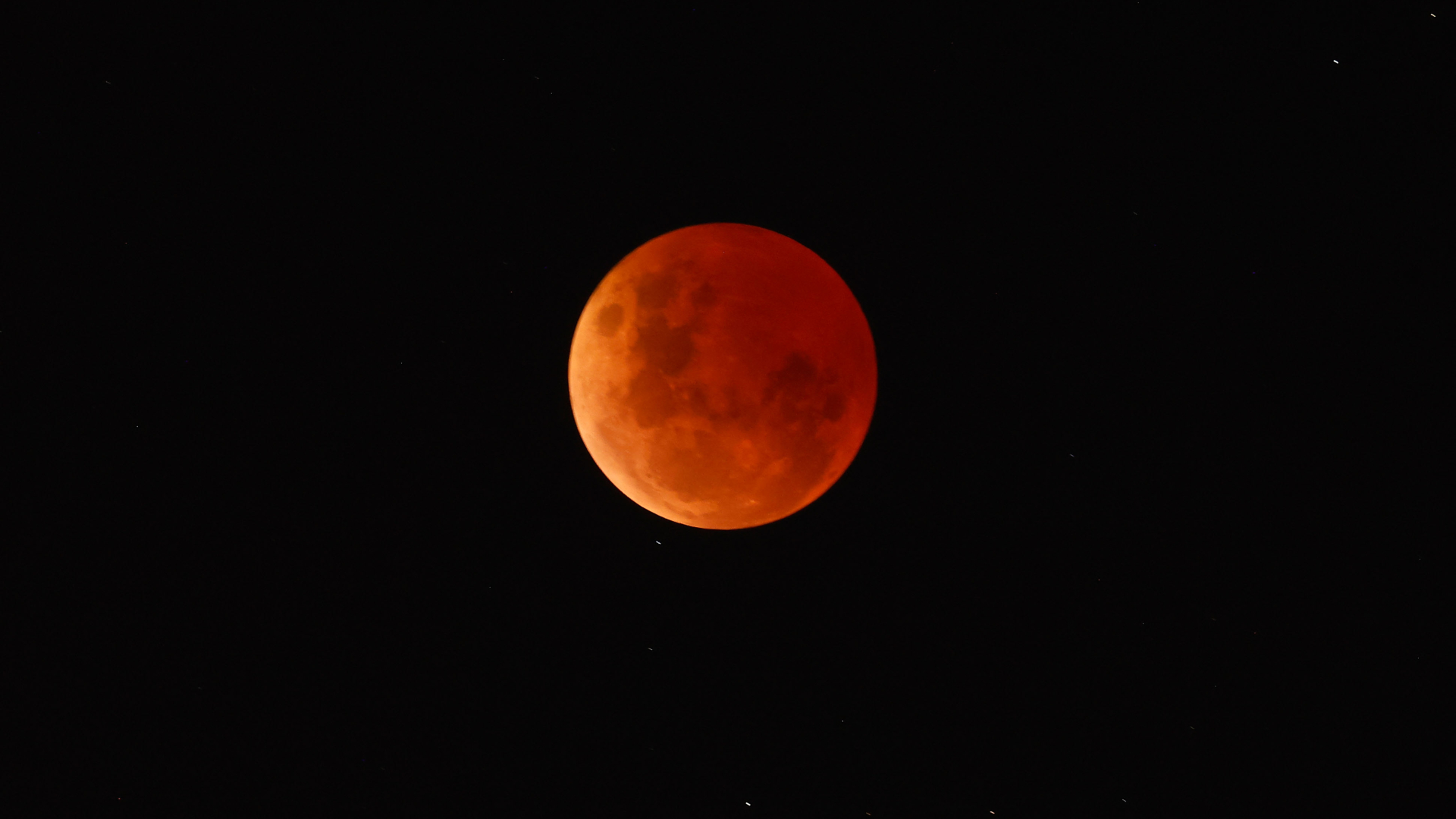
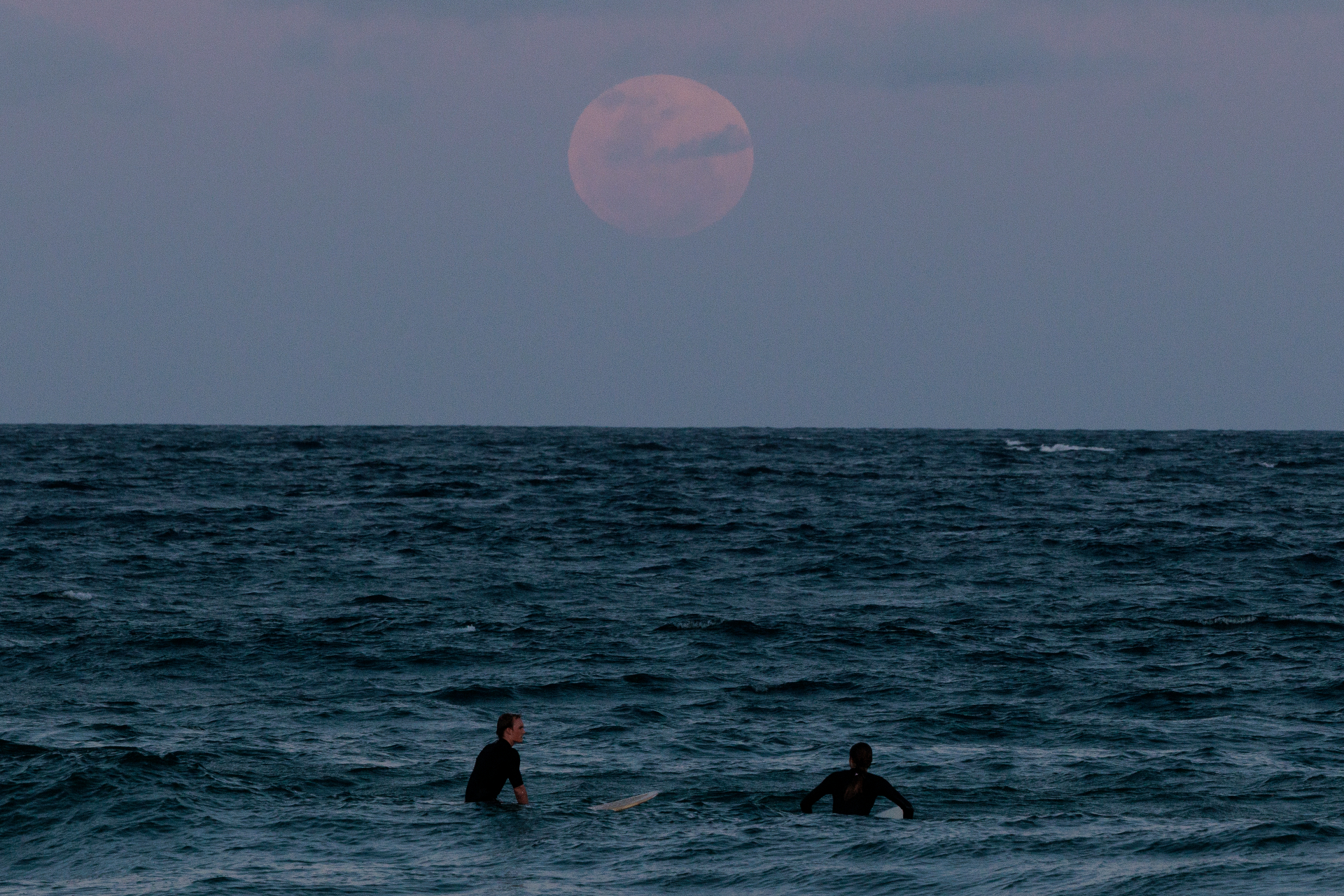
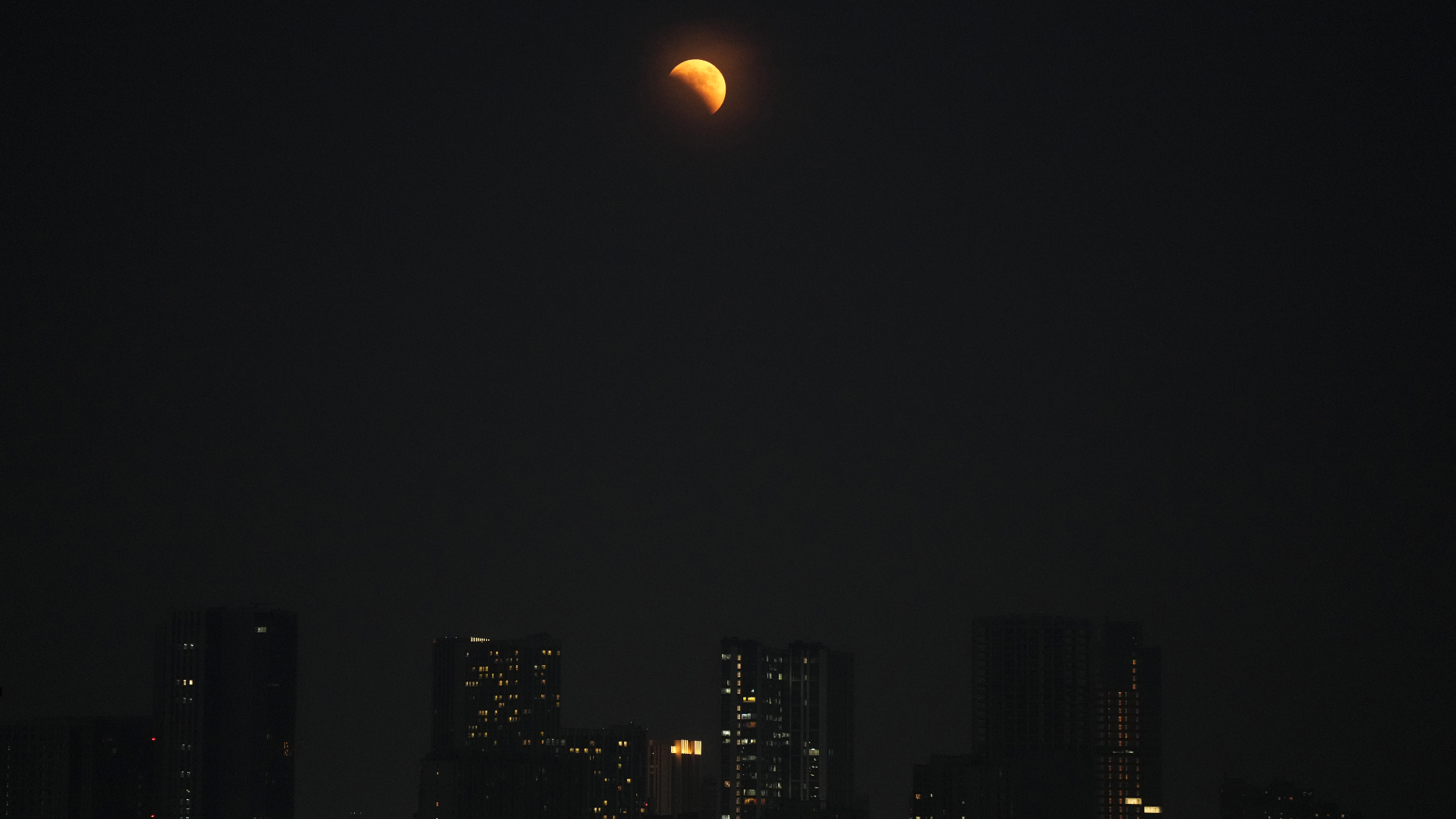
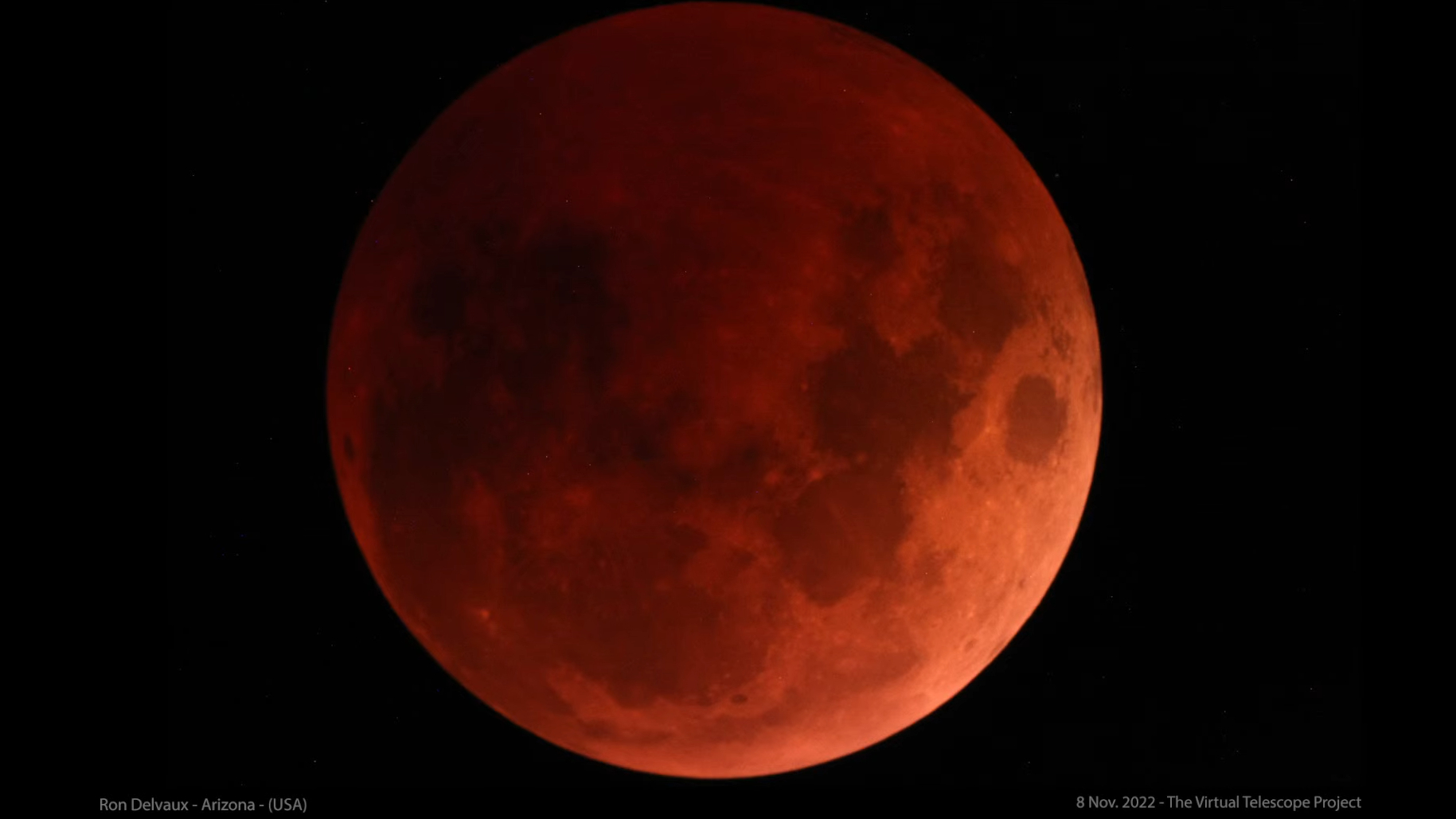
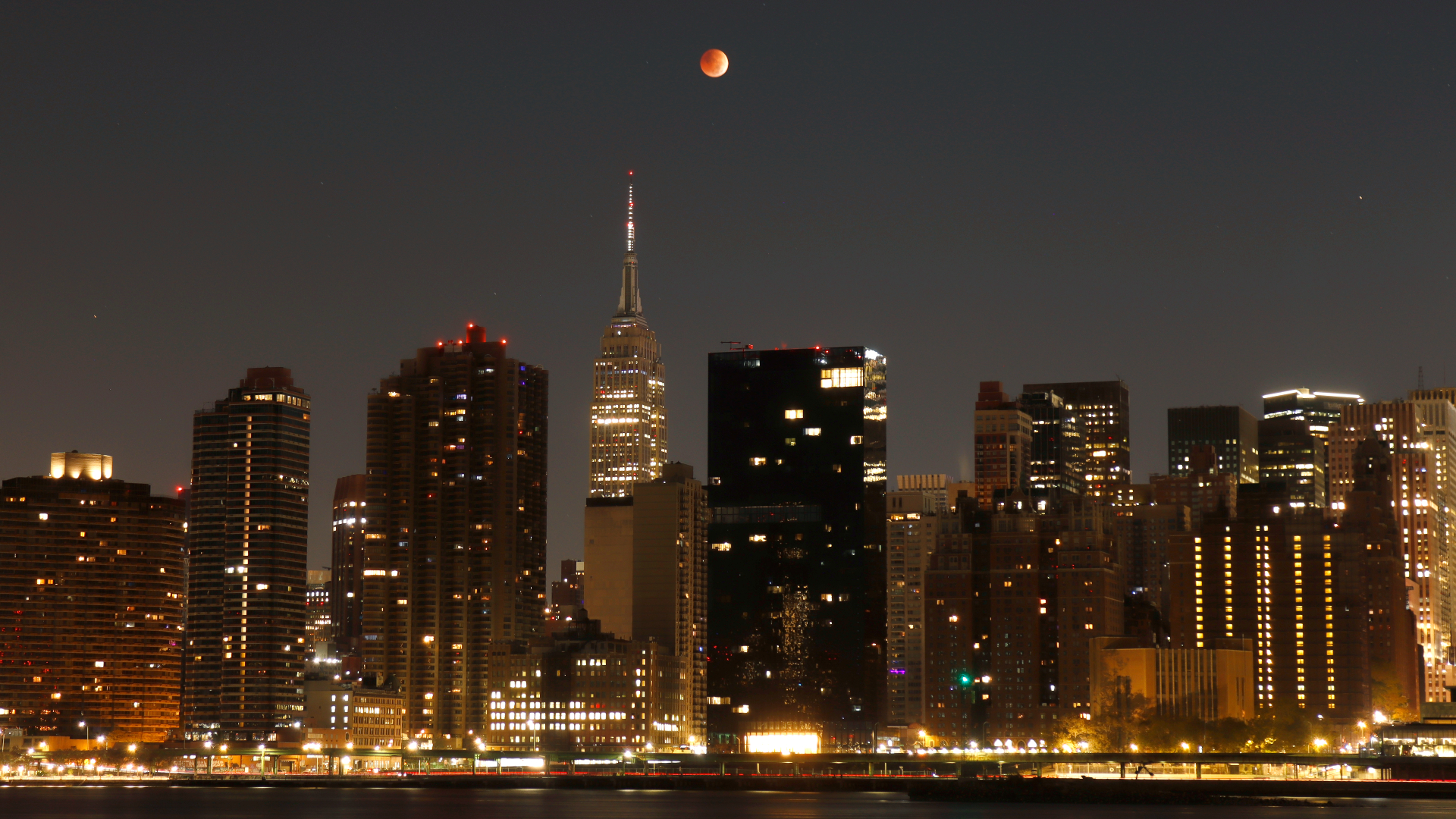
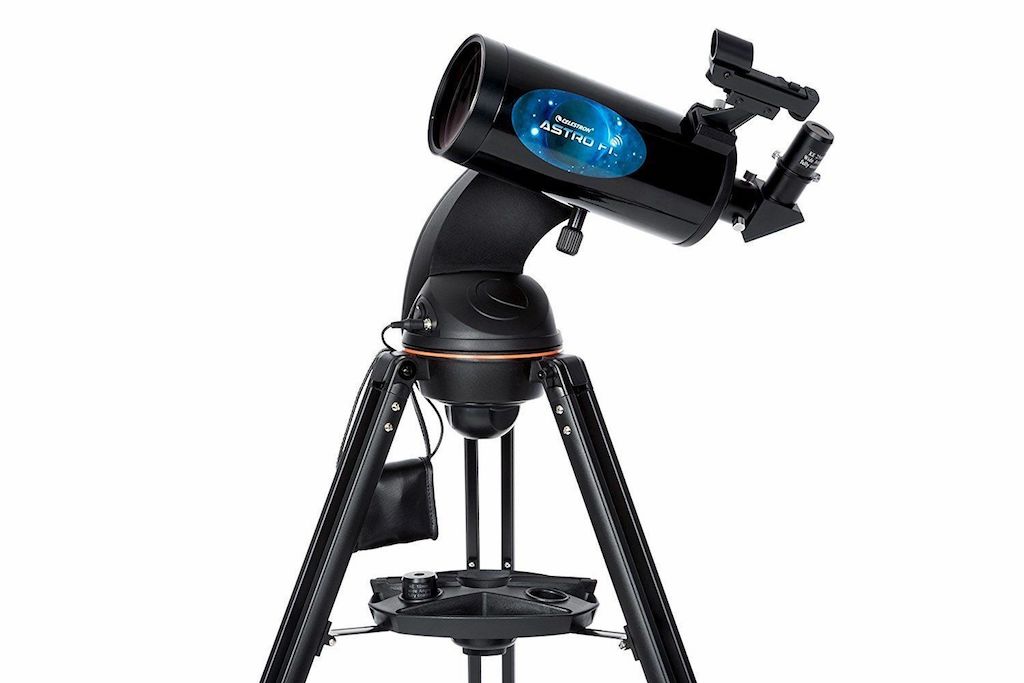
Looking for a telescope for the lunar eclipse? We recommend the Celestron Astro Fi 102 as the top pick in our best beginner's telescope guide.
The mobile observatory team of the website Time and Date livestreamed the lunar eclipse on its YouTube channel. Time and Date also had a live blog featuring real-time reports and background information about the total lunar eclipse. Astrophysicist Gianluca Masi of the Virtual Telescope Project 2.0 livestreamed the eclipse from Ceccano, Italy, on the project's website. The Lowell Observatory in Flagstaff, Arizona is also offered a free livestream of the lunar eclipse on their YouTube channel. Unfortunately due to extensive cloud cover the famed Griffith Observatory in Los Angeles, California had to cut its livestream of the lunar eclipse short.
The Beaver Blood Moon even made an appearance above NASA's Artemis 1 moon rocket at NASA's Kennedy Space Center in Florida. The massive Space Launch System (SLS) rocket stack includes an uncrewed Orion spacecraft and is scheduled to launch on Nov. 14. To keep up to date with the latest Artemis action check out our Artemis live updates page.
Breaking space news, the latest updates on rocket launches, skywatching events and more!
Observers from around the world also took to Twitter to share their impressive photos and videos of the last Blood Moon lunar eclipse until 2025.
Roger Clark caught the Blood Moon shining over Staten Island.
Pretty cool #BloodMoon over #StatenIsland pic.twitter.com/nP9xUXc3d1November 8, 2022
Observers in Tokyo also managed to see the total lunar eclipse while waiting for their train. Not a bad way to pass the time!
Ohhh.. full lunar eclipse here in Tokyo.. was wondering what ppl looking up at during train ride pic.twitter.com/GInpE2GV18November 8, 2022
Aaron Schwartz captured the total lunar eclipse over Washington Circle in Washington DC.
A total lunar eclipse is seen over Washington Circle in Washington DC on Election Day, November 8, 2022 (Photo by Aaron Schwartz) pic.twitter.com/YgTqAB4WQiNovember 8, 2022
Steven Labkoff caught the Blood Moon right above the Washington Monument in this stunning photograph.
The Full Blood-red, Beaver Lunar Eclipse from Washington’s Capital Mall. About 5:20AM from our Nation’s Capital while at the AMIA 2022 Meeting. This is a single exposure, no blending.#amia2022#fulllunareclipse#lunareclipse#OlympusOM1#getolympus#astrophotography pic.twitter.com/RUX877oDDtNovember 8, 2022
If you want to photograph the moon or want to prepare your gear for the total lunar eclipse, check out our best cameras for astrophotography and best lenses for astrophotography. Read our guides on how to photograph a lunar eclipse, as well as how to photograph the moon with a camera for some helpful tips to plan out your lunar photo session.
Has all this lunar eclipse action whipped you up into some sort of eclipse frenzy? Then you'll be pleased to know that you don't have to wait too long for the next eclipse event: You can watch the first solar eclipse of 2023 on April 20. Details on how and where to see this rare hybrid solar eclipse can be found in our solar eclipse 2023 guide.
Editor's Note: If you snap an amazing lunar eclipse photo and would like to share it with Space.com's readers, send your photo(s), comments, and your name and location to spacephotos@space.com.
Follow us on Twitter @Spacedotcom or on Facebook.
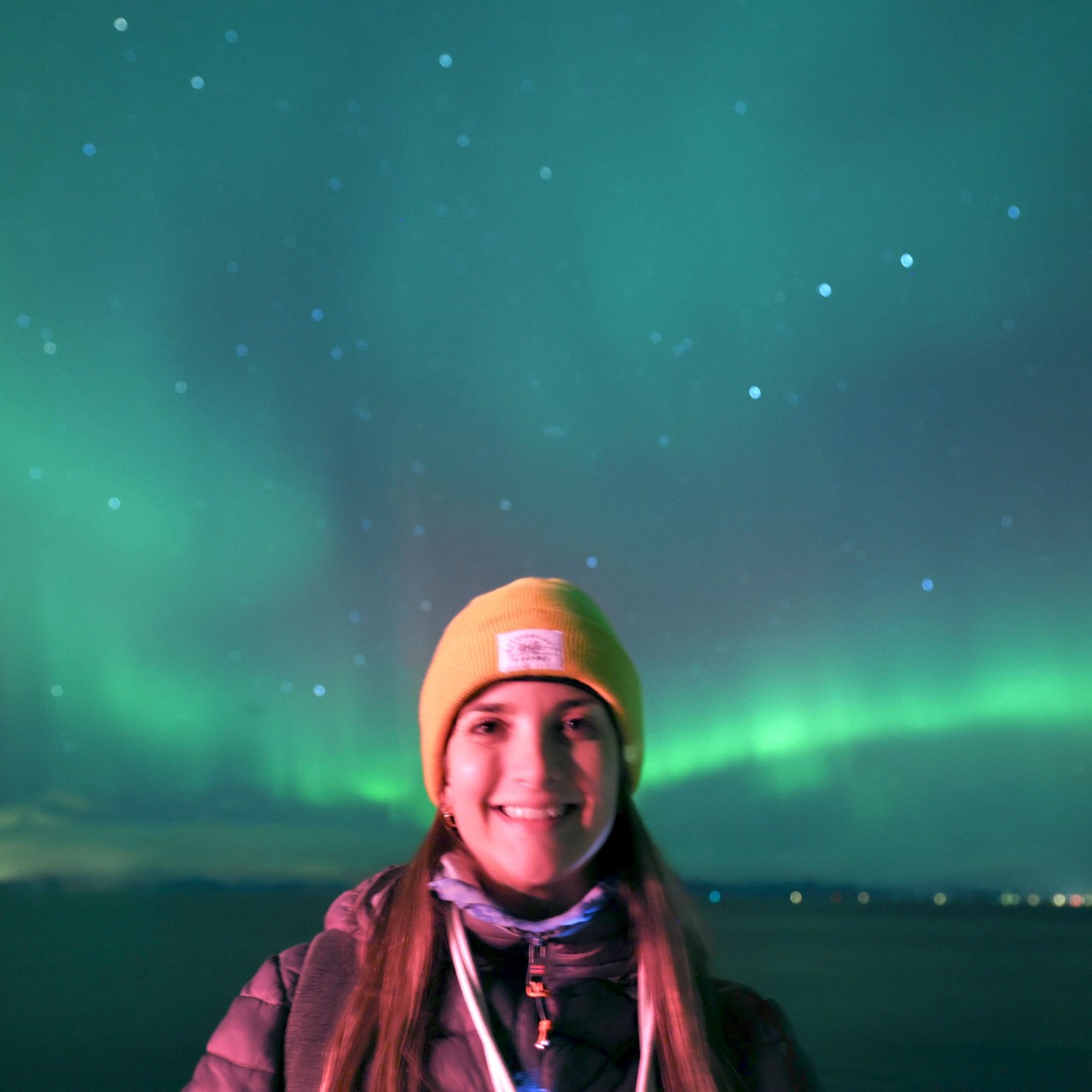
Daisy Dobrijevic joined Space.com in February 2022 having previously worked for our sister publication All About Space magazine as a staff writer. Before joining us, Daisy completed an editorial internship with the BBC Sky at Night Magazine and worked at the National Space Centre in Leicester, U.K., where she enjoyed communicating space science to the public. In 2021, Daisy completed a PhD in plant physiology and also holds a Master's in Environmental Science, she is currently based in Nottingham, U.K. Daisy is passionate about all things space, with a penchant for solar activity and space weather. She has a strong interest in astrotourism and loves nothing more than a good northern lights chase!
